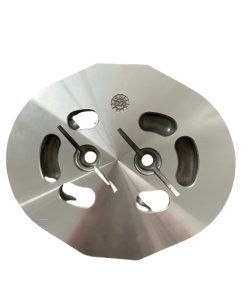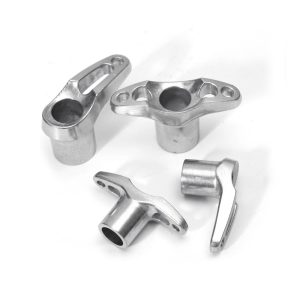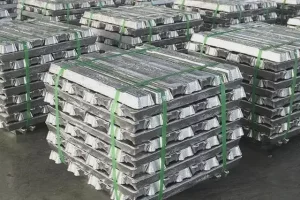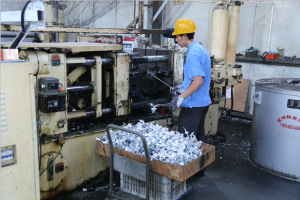- Si Element
The Si content of cast aluminum is mainly concentrated in 5%-11%, and the elongation of hypereutectic aluminum alloys exceeding 11% is greatly reduced, which is not suitable for die-casting aluminum. As far as elongation is concerned, the Si% content decreases greatly from the range of 0-3%; then it tends to ease until 11% decreases again (hypereutectic alloying). In terms of fluidity, the higher the Si content, the lower the melting point and the better the fluidity.
- Cu Element
The Cu content has an upper limit of 5%, because the maximum content of α-Al solid solution Cu is 5.65%; in the range of 1%-4%, the strength increases with the increase of the content. The Cu element can crack the Al2Cu particles to strengthen the material properties, but for the non-heat-treatable die castings, the main feature is that it improves the cutting performance (increases the ductility). After all, castings generally require machining. The disadvantage of Cu is that it is not good for corrosion resistance and high temperature strength.
- Mg Element
Mg content, for heat-treated parts, there are Mg2Si reinforced particles, and for non-heat-treated parts, it will also be used as a crystal nucleus to refine grains. However, it will reduce the elongation and the viscosity of the aluminum liquid, which will lead to the decline of the casting performance (fluidity). Therefore, there is a strict limit on the Mg content of die-casting aluminum, generally 0.3%. ADC12 and A380 are all this limit, and then one card The point is 0.6%.
- Zn Element
Just as cast aluminum 4XX series aluminum alloy is easy to crack, the Zn element in Al-Si series will also cause cracking. However, its strength is still significantly improved, mainly due to its high solid solubility in α-Al at high temperature and extremely low room temperature. In addition to the 1% and 3% sticking points mentioned above, for parts with higher strength requirements, in order to avoid stress-induced cracking, Zn<0.3%.
- Fe Element
Fe element is necessary for die castings, because it can avoid sticking to the mold, so it is generally greater than 0.6%, but too much will form needle-like structures and greatly reduce the mechanical properties, so it is generally not. will exceed 1.3%.
- Mn Element
Generally speaking, its main function has two aspects, one is to neutralize Fe. If the Fe content is high, add some Mn. Mn can form compounds with Fe to avoid the generation of needle-like structures. Of course, this avoidance force is also Very limited, it is impossible to completely offset the Fe element; the other is to increase the fluidity in the Al-Mg system, so there will be AlSi10MgMn.




